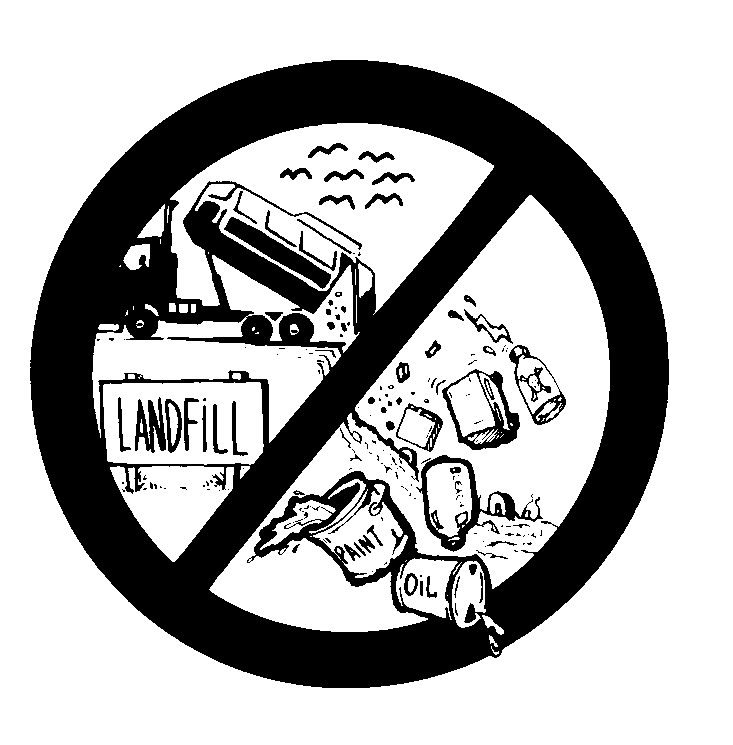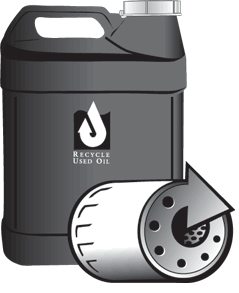Household Hazardous Waste!
Dispose of HHW properly!
Household hazardous waste, or HHW, is any discarded material that threatens public health, safety, and the environment due to its chemical nature. Throwing these materials in the trash, down storm drains, on the ground, or in the sewer system puts oceans and groundwater at risk. HHW must be recycled or safely disposed of at specific facilities or in special programs.
Here are some proper ways to dispose of HHW:
Visit the S.A.F.E. Collection Center, a FREE Permanent Drop-Off Facility
The S.A.F.E. Collection Center is located at 1400 North Gaffey St. San Pedro, CA 90021. The site is open SATURDAYS and SUNDAYS from 9:00 A.M. TO 3:00 P.M. except Holidays and rainy days. Click here to visit their website.
Go to a Los Angeles County Department of Public Works FREE one-day, periodic HHW collection event
Nearly every weekend, there is an event somewhere in L.A. County that provides a safe and convenient way to dispose and recycle household hazardous waste and electronics. The next collection event will be held at the Joint Water Pollution Control Plant in Carson on Saturday, October 18th. Click here to view the event flyer.

What you CAN bring to a Countywide HHW collection:
- Motor oil, oil filters, brake fluid
- Used antifreeze
- Paint, paint thinner, turpentine
- Cleaners with acid or lye
- Pesticides or herbicides
- Household batteries or car batteries
- Pool chemicals
- CRTs, old TVs, misc. electronics
- Mercury thermometers or thermostats
- Used Needles or Sharps (In a Sharps container or sturdy box labeled “SHARPS”) (Click here for more information)
- Unwanted or expired prescriptions (Click here for more information)
What you CANNOT bring to a Countywide HHW collection:
- Explosives
- Ammunition
- Radioactive Materials
- Trash
- Tires
- Business Waste
- White Goods (stoves, fridges, etc.)
- Controlled Substances
- Biohazardous Waste (blood, urine, etc.)



















